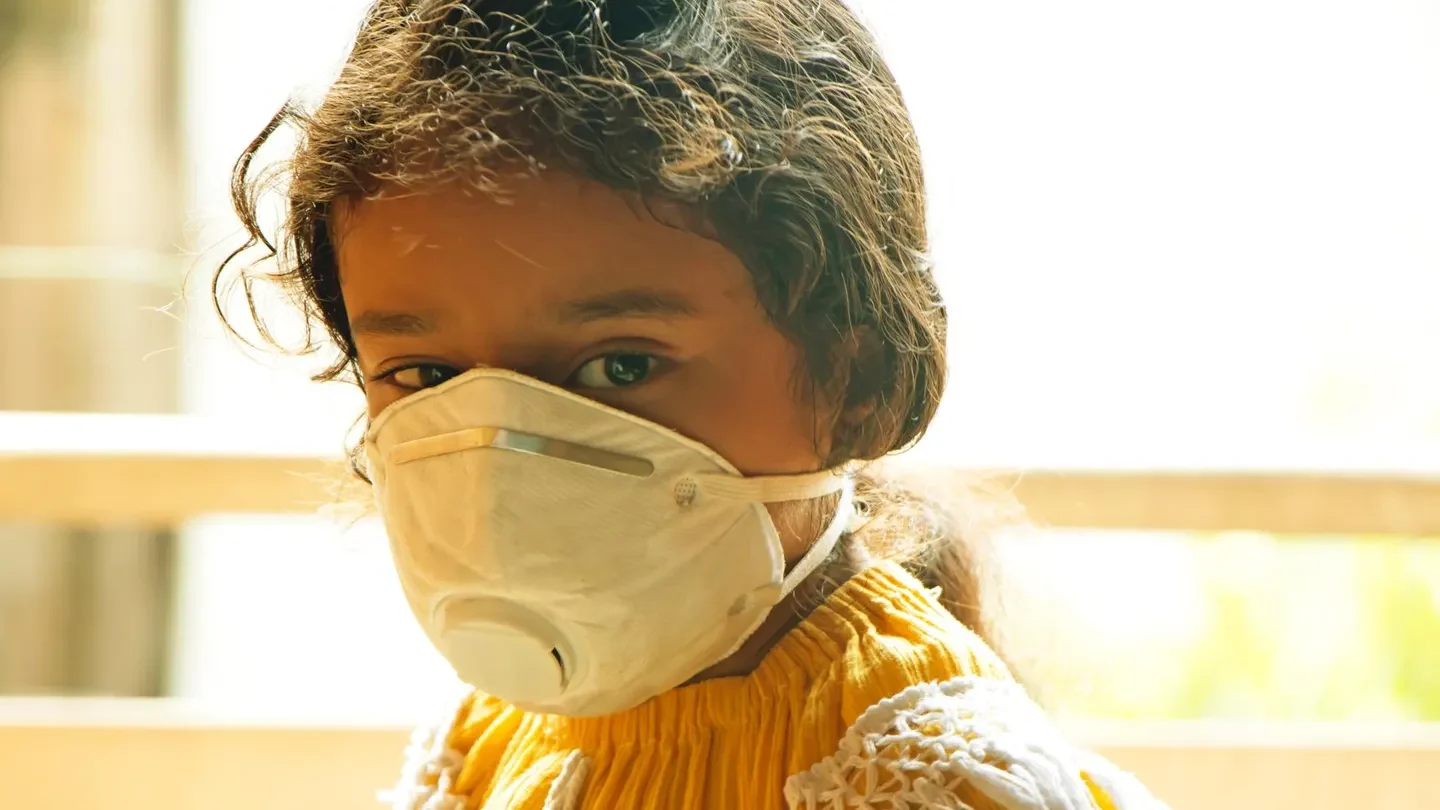Air pollution remains one of the most pressing environmental and public health challenges globally. The World Health Organization (WHO) estimates that 99 percent of the world’s population lives in areas that do not meet its recommended air quality standards. The latest World Air Quality Report from IQAir, released in 2024, provides a comprehensive look at the capital cities most affected by this issue and those that are performing the best.
The report is based on PM2.5 data collected from more than 40,000 monitoring stations and sensors across 138 countries and regions. PM2.5, or fine particulate matter, is a pollutant small enough to enter the bloodstream, linked to heart disease, stroke, lung cancer, and chronic respiratory conditions. The WHO guideline for PM2.5 is set at 5 micrograms per cubic meter, a benchmark that few capitals manage to achieve.
Delhi, India, ranks as the world’s most polluted capital city in 2024, with an average PM2.5 concentration of 91.8 µg/m³, nearly 20 times higher than the WHO guideline. Close behind is N’Djamena in Chad, registering 91.6 µg/m³. Dhaka, Bangladesh, follows with 78.0 µg/m³, underscoring South Asia’s continued struggle with air quality. Kinshasa in the Democratic Republic of Congo and Islamabad, Pakistan, complete the top five.
The top 10 most polluted capitals are rounded out by Dushanbe (Tajikistan), Hanoi (Vietnam), Kathmandu (Nepal), Abuja (Nigeria), and Jakarta (Indonesia). Each of these cities faces a mix of industrial emissions, urban congestion, and natural factors such as dust storms that contribute to unsafe air conditions.
At the other end of the spectrum, the cleanest capitals demonstrate how policy, geography, and environmental stewardship can converge. Nassau in the Bahamas tops the list with an average PM2.5 of just 2.3 µg/m³, followed by San Juan in Puerto Rico, Papeete in French Polynesia, and Bridgetown in Barbados. Reykjavik, Iceland, ranks fifth, with Canberra in Australia and Wellington in New Zealand also making the top tier.
Interestingly, only 17 percent of global cities measured meet the WHO’s air quality guideline. The data highlights the disparity between regions. While Asia and Africa remain most affected, islands in the Caribbean and Oceania continue to maintain some of the cleanest air globally.
The report also emphasizes the human cost. According to the State of Global Air 2024 study, air pollution accounted for 8.1 million deaths worldwide in 2021, including children under five. It has become the second leading risk factor for mortality, underscoring the urgency for stronger mitigation measures.
For Southeast Asia, the findings carry particular weight. Hanoi, Kathmandu, and Jakarta’s positions on the list illustrate how fast-growing urban centers in the region continue to face major air quality challenges. Addressing this issue requires coordinated policies across ASEAN, including investment in renewable energy, sustainable transport, and stricter industrial standards.
As global attention intensifies on air pollution, the IQAir report serves as both a warning and a guide. While many capitals continue to struggle, the examples of Nassau, Reykjavik, and Canberra prove that progress is possible when environmental governance is prioritized.







